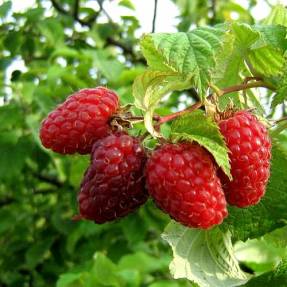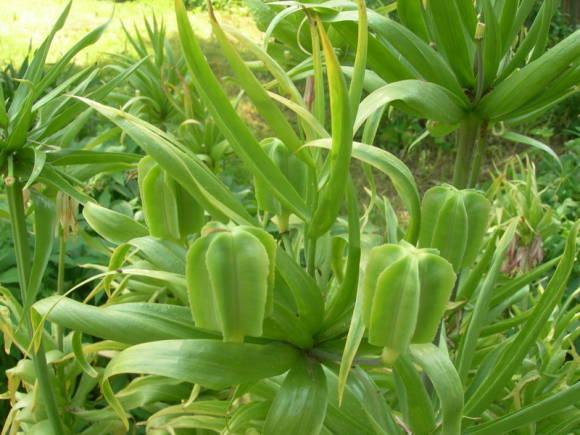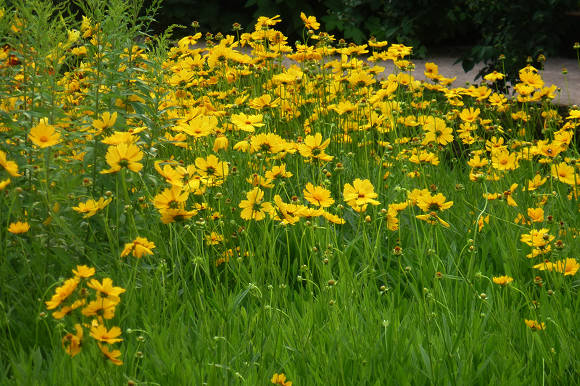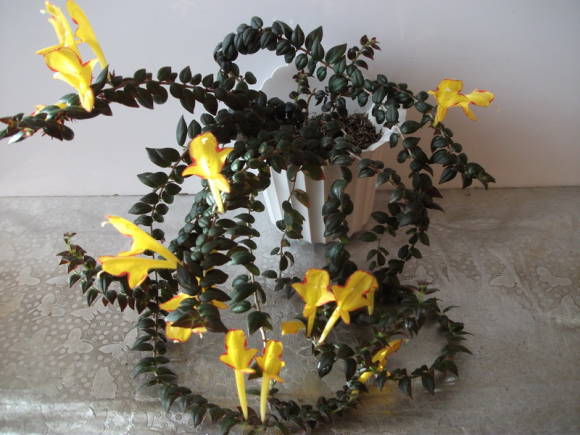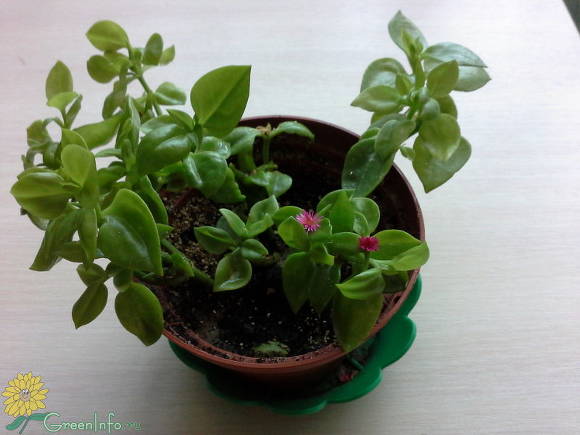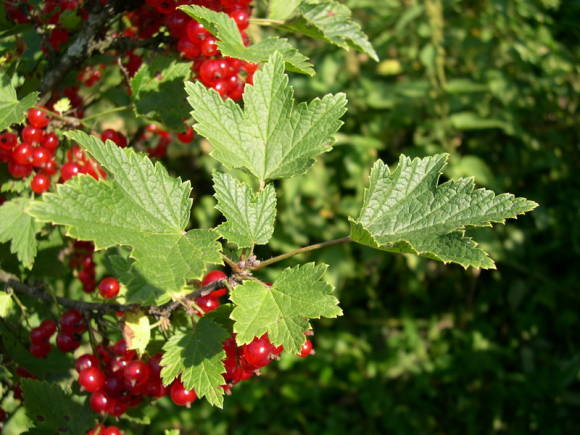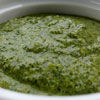Highlander serpentine (Polygonumbistorta) is a perennial herb from the buckwheat family with a thick, shortened, strongly curved rhizome of dark red color, with numerous thin roots, for which it is sometimes called serpentine. At the break it is brownish-pink, like the body of a boiled crayfish. Actually, this is where the popular name came from - cancerous necks. The snake mountaineer differs from other species of this numerous genus, in addition to the characteristic appearance of the root, by a dense dense spike-shaped inflorescence. Therefore, there is practically no danger of confusing him with other highlanders.

Stems 30-100 cm high, erect. Basal and lower stem leaves - with long winged petioles, oblong or oblong-lanceolate plates with a rounded or cordate base; the upper leaves are lanceolate or linear, sessile, with a slightly wavy edge. The inflorescence is a dense, dense, cylindrical spike, later it begins to resemble a brush due to the elongation of the peduncles. The flowers are small, pink, sometimes white. The fruit is ovoid or oval, triangular, shiny, dark brown or greenish brown nut. Blossoms in serpentine mountaineer in May - June, fruits ripen in June - July.
In Russia, the serpentine mountaineer is found from the Kola Peninsula to Lake Baikal. It grows in floodplain meadows, herbaceous swamps, in sparse forests, on their edges and clearings, more often on peaty soil, sometimes in thickets of bushes. In the mountains, it occurs in moss and shrub tundra, in subalpine and alpine meadows. Therefore, it is an extremely unpretentious plant that can grow on waterlogged soils.
And on the site it can be placed not only near the reservoir, but also in any wet place. When grown in a mixborder or as a curb plant, it grows much larger and more showy than competing with other plants in the wild. Mixed plantings of white-flowered and pink-flowered plants look very impressive. If a prolonged, warm autumn happens, then the highlander has time to bloom again.
Growing

The easiest way to grow a mountaineer is from rhizomes brought from natural thickets in early spring or late autumn. Planted in fertile soil and without weed competition, the plants grow rapidly. They are much larger and more spectacular than in the meadow. It is preferable to choose a wet area, you can even slightly shade.
Care consists in weeding and, if there is a lack of moisture, in watering. The roots can be harvested for medicinal use from the third year after planting. It is better not to dig up the whole plant, but only to separate half. Then the beauty will be preserved, and valuable raw materials are collected.
Application
Rhizomes are dug up in autumn, in September - October (after the aerial part dies off) or in early spring, in April (before its regrowth).
The dug rhizomes are shaken off the ground, washed in cold water, and then the rotten parts are removed. After the raw material dries in the air, it is dried in a well-ventilated area (in good weather it can also be dried in the open air) or in dryers at a temperature of 50-60 ° C, spread in a thin layer on paper, cloth or sieves, and turned daily. The main thing is not to lay them out on a metal surface, since the tannins contained in them are destroyed by contact with iron.
Rhizomes contain tannins (15-20, and according to some authors - up to 35%) and coloring agents, starch (up to 26%), ascorbic acid and oxymethylanthraquinones, sterol, phenol carboxylic acids and their derivatives (caffeic, gallic, ellagic) coumarins, and the leaves contain vitamin C, carotene.

Even in the XI century BC, this plant was used by Chinese doctors.In European medicine, it has been mentioned in herbalists since the 15th century, and in the 16th century it was already widely used by doctors as an astringent for a very wide range of diseases. In 1905, Russia tried to use it as a substitute for the imported plant ratania, which was brought from South America as a remedy for indigestion. The mountaineer began to be used in a similar way, although it has been popularly used for centuries for dysentery, indigestion and poisoning with poor-quality food.
Rhizomes have an astringent effect and are used for acute and chronic diarrhea and other inflammatory bowel processes, as well as for stomach and intestinal bleeding. Knotweed extract has a strong anti-inflammatory, analgesic and antiseptic effect in inflammatory diseases of the bladder. In addition, these properties of the mountaineer are used in the treatment of prostatitis.
Prescribed in the form of a decoction (10 g per 200 ml, boiled for 20 minutes), take one tablespoon half an hour before meals 2-3 times a day. The rhizome itself is included in a number of astringent gastric charges.
In folk medicine decoctions of rhizomes mountaineer snake is used internally for stones in the gall and urinary bladders. To prepare it, 20 g of well-crushed raw materials are poured into 1 liter of hot water, boiled in a sealed enamel container in a water bath for 20 minutes, filtered hot and the volume is brought to the original. Apply 1-1.5 glasses a day.
An outwardly concentrated broth is used to rinse the throat with tonsillitis, oral cavity and lubricate the gums (stomatitis, gingivitis). In addition, it is a good remedy for weeping and poorly healing wounds and ulcers. For this, a concentrated broth is applied in the form of compresses and lotions to the damaged area.
The rhizomes of the mountaineer snake are used in the production of flavored liqueurs, wines, and other alcoholic beverages.
With a decoction of rhizomes, woolen fabrics can be dyed black and brown, depending on the used metal salt mordant.
Young leaves and shoots (and it grows early) in European countries is used in soups and salads, and in England even for preparing Easter dishes, the most famous of which is Easter pudding, represented by many old and modern cooking recipes.
